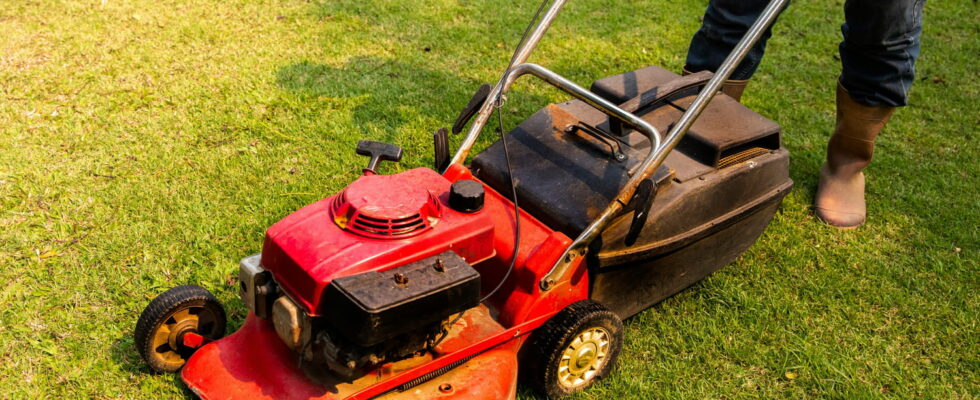It’s almost time to mow your lawn one last time and put the mower away for the winter. But when is the best time for that last mowing before winter?
Grass, like most plants, has a growth cycle closely linked to climatic conditions. During the warmer months it grows quickly, requiring frequent mowing. However, as fall arrives and temperatures drop, grass growth naturally slows. The temptation can be great to continue mowing in the fall and winter to maintain a clean-shaven lawn, but gardeners disagree.
Experts agree on one point: there is a key moment when it is best to store the mower in the garage until spring so as not to compromise the health of your lawn. But when is the ideal time? Gardeners recommend paying attention to this decrease in your lawn’s growth. In general, when temperatures regularly drop below 10°C, the lawn stops growing significantly.
It is therefore at this time that we must consider the last mowing before winter. Mowing too much or mowing too late can weaken the lawn, because cutting too short before winter exposes the roots to frost, while limiting the plant’s ability to produce the nutrients it needs to survive the cold period.

The ideal time for the last mowing therefore depends on the region and the local climate. Generally, it is between mid-October and mid-November. In colder regions, such as northern France or mountain areas, it may occur earlier, while in milder regions, such as the south, it may be slightly delayed. The main thing is to carefully observe the weather forecast. If a cold snap is forecast, it is best to do the last mowing before the first frosts arrive.
The cutting height for the last mowing is another crucial point. It is recommended not to cut the grass too short just before winter. A lawn about 5 to 7 centimeters high is ideal. This length allows the lawn to protect itself against the cold, while avoiding the risk of mold linked to excessive humidity.
A lawn that is too long may be more likely to collapse under the weight of snow, which encourages the appearance of fungal diseases. Conversely, cutting too short exposes the base of the grass blades and roots to the harsh winter weather, making the lawn more vulnerable to damage.
Please note, stopping mowing does not mean giving up lawn maintenance. After the last mowing, it is recommended to remove dead leaves and debris that may accumulate on the surface. These elements, if left in place, can suffocate the lawn and encourage the development of mold and diseases during the winter.
